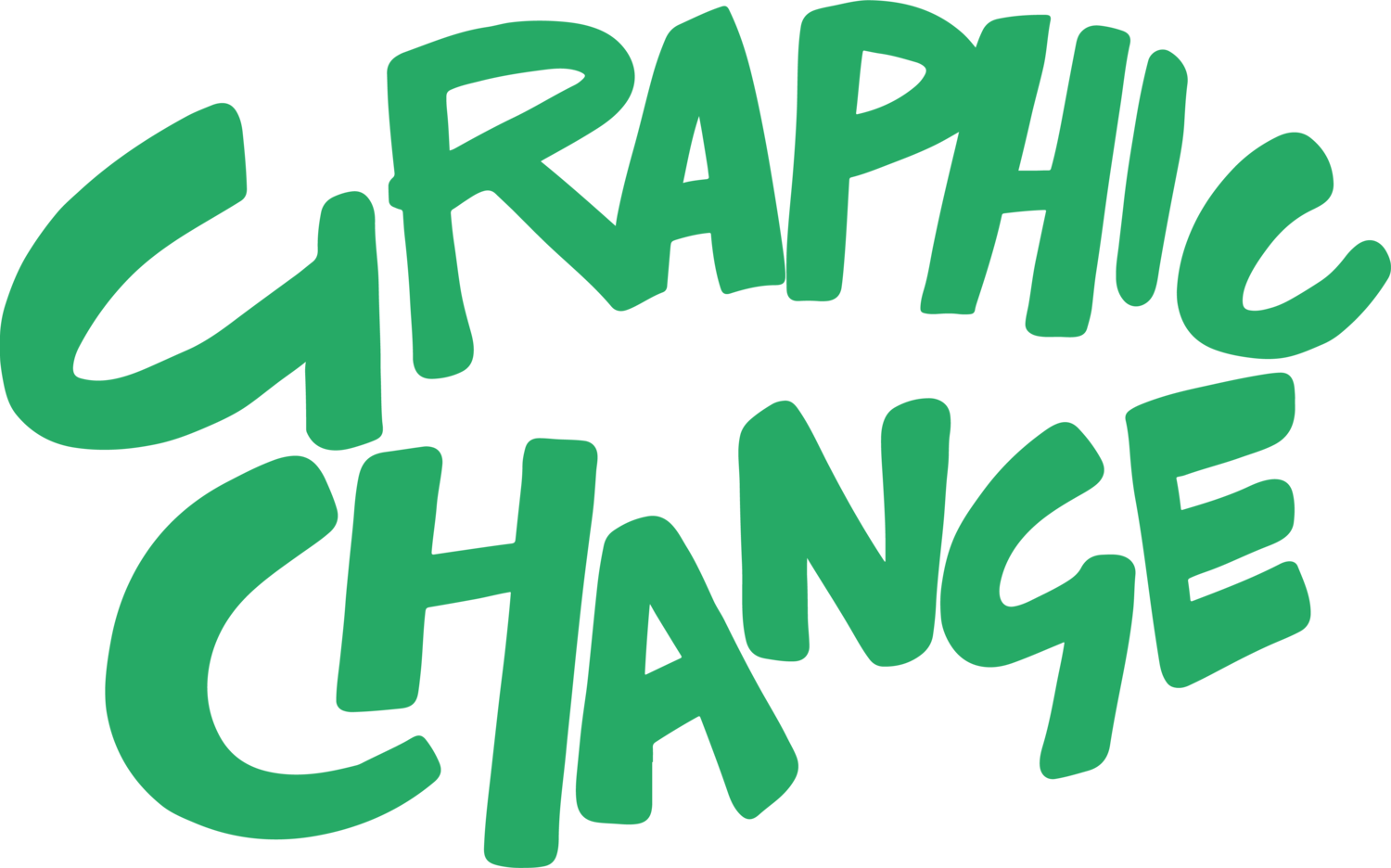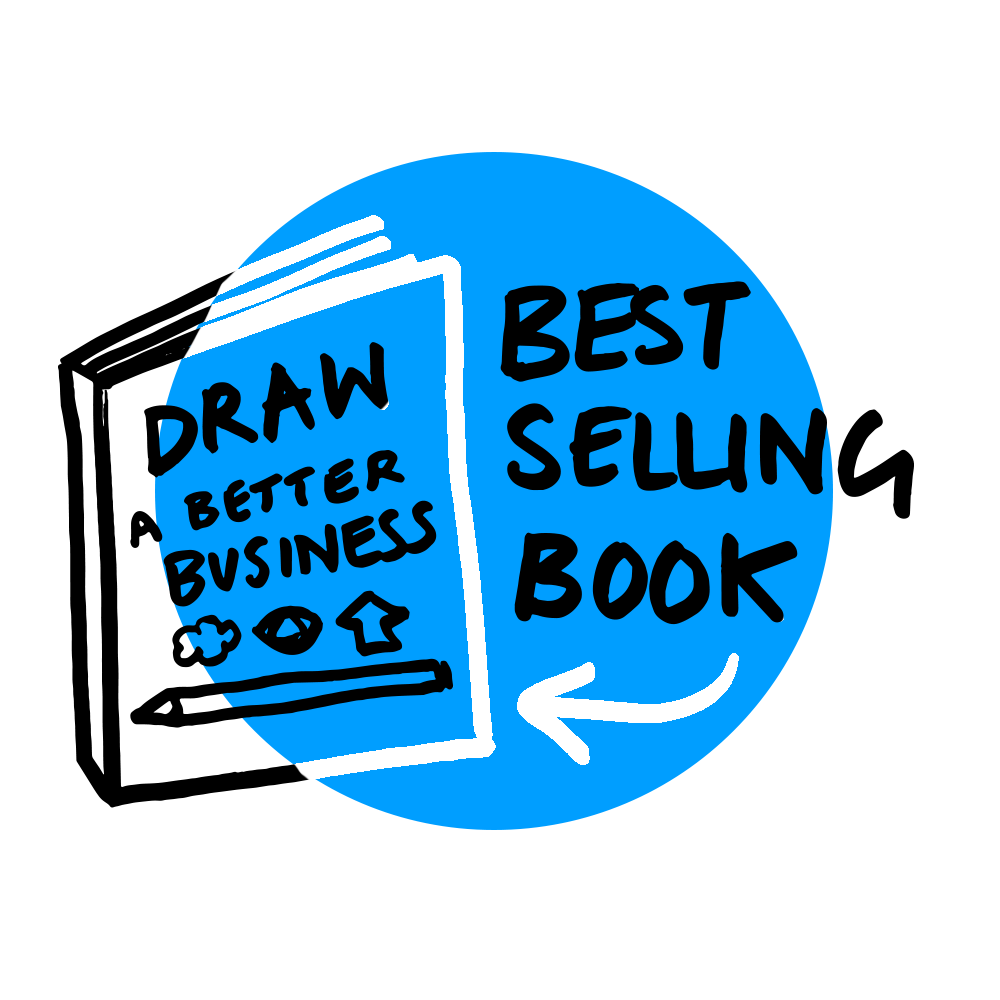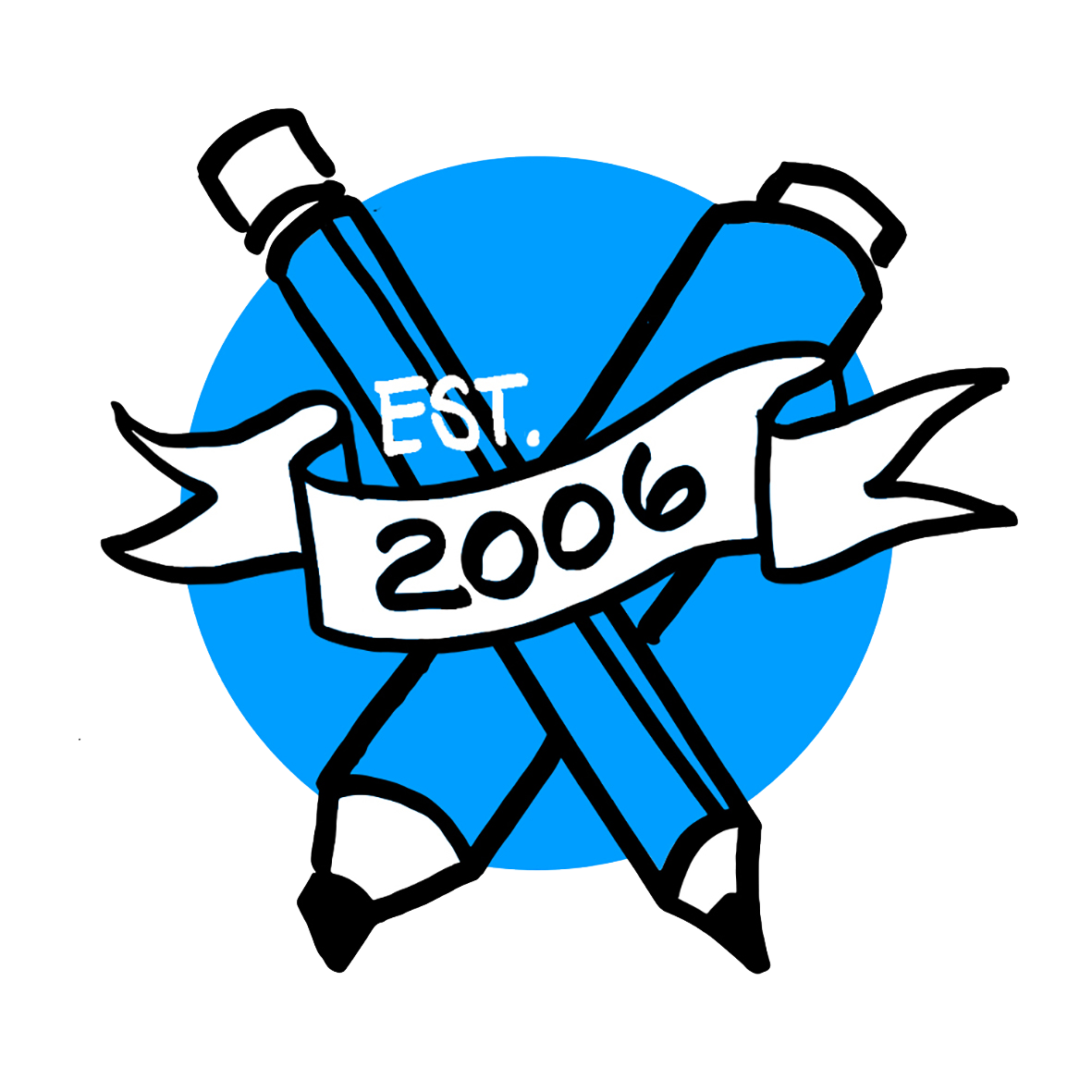When you communicate with your customers or clients, you really need people to get what you're saying and, more often than not, get it fast.
That's because, as genius as humans are, we have a shocking attention span. Research from Microsoft (2015) has shown that we now have a shorter attention span than a goldfish...which is a pretty sobering thought. On average that's 8 seconds before our minds start to wander and our hands start to hover over the next link.
Now as disappointing as I find this fact, I'm not judging, in fact I'm totally holding my hand up as having a sub-goldfish brain, and it's not really that surprising. We live in a fast world where we have mountains of information coming at us from all directions ALL of the time...fast fast fast...and each site, blog, tweet, meme is trying to get our attention and get it NOW.
In and of itself thinking fast, being fast in a fast world isn't a bad thing, but if you're talking about your communication being noticed, understood or remembered, then you can understand why it makes sense to give yourself the very best chance, and that my friend is where working visually comes in.
When I'm talking of working visually it's worth noting that I'm not talking about brilliant works of art, clever graphic design or beautiful illustrations. In fact, believe it or not you don't need to be artistic at all to work visually (see my blog post "Can't draw - can work visually"). Nor am I talking about those confusing flow charts of squares within circles connected by a diamond...you know what I mean right? When I talk about working visually, I am talking about drawing, but drawing really simple images and shapes that can still resonate with us as humans.
Whatever your personal comfort levels with getting visual are, here is the first in a short series of posts bringing you the most compelling reasons out there to get on board with working visually.
Reason #1 - It's quicker
In a busy world, this just had to be reason #1.
Your brain is so clever that it can take in massive quantities of data, decipher it, translate it into a format you can understand and relay it to you in a way that you can make use of. Genius.
For most of us, we take in massive amounts of complex information, literally in the blink of an eye. We are designed to be visual, so much so that 70% of all your sensory receptors are in your eyes. (Merieb, & Hoehn, 2007)
Once you've taken in visual data your brain then does another amazing feat: It processes the information you are seeing really, really fast. I mean seriously fast. You process visuals 60,000 x faster than text, (Semetko & Scammell 2012) in fact communicating visually works so well, that it’s not whether your drawings are good enough that you need to worry about, it's that you are using the right visual, in the right place at the right time.
Because you are clever, and you can process visuals so efficiently, you can absorb more visual information more efficiently than in any other way. Just look at this example below to see my point...
In fact you can get a sense of a visual scene in less than 1/10 of a second (Semetko & Scammell 2012), and that, I'm sure you'll agree, is pretty powerful stuff.
Even if you don't consider yourself to be a visual worker, or you've never thought about it before, on some level you already know this to be true.
A picture is worth a thousand words, I'm sure you've heard this saying. It is true, and that is why we already use images when we know communication is critical, urgent, or both. If a liquid is poisonous, then writing the warning in text just isn’t going to save you, and manufacturers (and their lawyers) know that. That’s why they use visual symbols. Images that are instantly understandable. That grab our attention whatever language we speak. Research has shown that it takes just 250ms for a symbol to be processed and understood. (Holcomb & Grainger 2006).
Skill up - #1
So I've convinced you that working visually is quicker, and you can see how in a busy world this might benefit your business communications. BUT really, what's the good of having the knowledge of why if you don't know what to do with it, if the last time you worked visually was a colouring competition when you were at infant school?
Everyone running a business, everyone who isn't lucky enough to have a comms or a design team to do the visualisation of key messages for them that is, needs to become a visual worker. I know a lot of you out there are now screaming quietly in your own mind, "You can't expect me to do it myself! Have you seen my drawing?? have you lost your mind?!". The thought of becoming a visual worker is either hilarious or terrifying, but bear with me, here are some super simple steps to start you on the journey of becoming a visual worker:
STEP 1
Start paying attention to the visual communications all around you. Once you start looking you’ll see they are everywhere. On the cereal packet, on the coffee machine, on the fire extinguisher, on the USB cable, on the Fire Exit sign, outside on the utility boxes and telegraph poles on your street.
STEP 2
Embrace your inner creative and start nurturing your visual self. Get comfy with a pencil and a notebook, start to doodle. Don't stress about it, it doesn't have to be a work of art, just get used to making marks on paper for the fun of it.
STEP 3
Accept that you can communicate visually even if you're not an artist. If you can draw this picture: 2 x dots + 1 x curved line, then you can draw a smiley. If you can draw a smiley you can draw most things well enough to be a visual worker. You just haven't been shown how to do it yet.
STEP 4
I've spent years teaching people how to become visual workers, so believe that you can do it even if you "can't draw at all". Practice a little bit every day and you will get better. Of course while you're starting to flex your own awesome visual skills you might decide you want to hire someone to help you with your public facing business visuals. Know that you don't need to do it all at once, or to spend a fortune. Perhaps identify your one key message and have a think about how that could be simply visualised before asking for local recommendations for designers or graphic illustrators.
STEP 5
Identify a safe place to practice your skills. If you've got a team or someone else working in your business, use simple visuals next time you have a meeting (yes squiggles and stick people are totally fine), or the next time you are planning: Gather round a whiteboard or flipchart to have your conversation, drawing as you go. It will help you explain things more easily and help others understand you more clearly. It's also usually a whole lot more fun.
So be brave. Grab a pencil and a notebook and get started on your own journey to becoming a visual worker.
Here at Graphic Change we work with individuals and businesses helping them to get the benefits of working more visually.
Find out more about our online courses over at the Graphic Change Academy.
Or buy my book Draw A Better Business.
If you enjoyed this read, let us know by clicking the "like" below, and share it forward with the other visual thinkers in your life.










